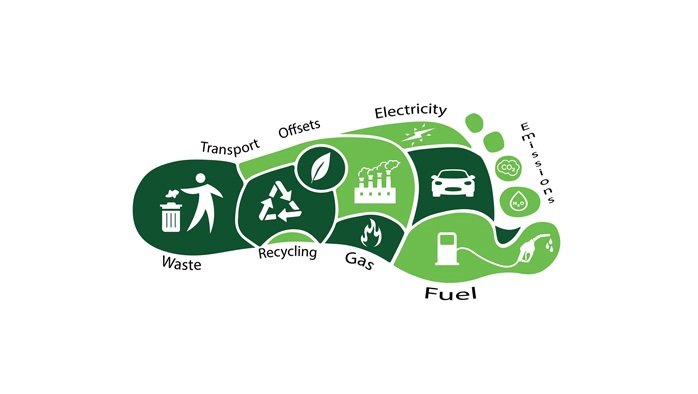Table of Contents
Hey there, tech enthusiasts! Today, we’re diving into a fascinating yet crucial topic—AI’s incredible power and its often overlooked carbon footprint. AI, or artificial intelligence, has revolutionized our lives in countless ways, from personalized recommendations on streaming platforms to powering complex data analyses in various industries. However, this digital marvel comes with an environmental cost that we need to understand and address.
The Marvel of AI: Unleashing Power and Potential
AI’s power is undeniable. It drives innovation, enhances productivity, and solves problems that were once considered insurmountable. Think about your daily interactions with technology. When Netflix recommends a movie based on your viewing history, that’s AI at work. When your smartphone understands your voice commands, AI is behind the scenes. Businesses leverage AI for predictive analytics, improving customer experiences, and streamlining operations. In healthcare, AI assists in diagnosing diseases and personalizing treatment plans.
A real-life example? OpenAI’s GPT-3, one of the most advanced language models, can write essays, create poetry, and even generate code. The sheer computational power behind these capabilities is mind-blowing. However, it’s not all sunshine and rainbows.
The Dark Side: AI’s Carbon Footprint
Here’s the kicker—while AI offers immense benefits, it also consumes a staggering amount of energy. Training large AI models requires powerful hardware and a massive amount of electricity, which often comes from fossil fuels. This leads to a significant carbon footprint.
Let’s break it down with a relatable example. Training a single large AI model can emit as much carbon as five cars over their entire lifetimes. Imagine the environmental impact as the demand for AI continues to grow exponentially.
Real-Life Example: The Environmental Cost of AI Training
To put things into perspective, let’s look at OpenAI’s GPT-3. Training this model required thousands of petaflop/s-days (a measure of computational power). The energy consumption during this process was equivalent to the electricity usage of several hundred homes for a year. This isn’t just a theoretical concern; it’s a real environmental cost.

Balancing Act: Mitigating AI’s Carbon Footprint
So, what can we do about it? The key is to strike a balance between leveraging AI’s power and minimizing its environmental impact. Here are some strategies:
- Optimizing Algorithms: By making AI algorithms more efficient, we can reduce the computational power required for training and inference. Researchers are continuously working on developing models that deliver the same performance with less energy.
- Green Data Centers: Transitioning to renewable energy sources for powering data centers can significantly cut down the carbon emissions associated with AI. Tech giants like Google and Microsoft are investing heavily in renewable energy to power their massive data centers.
- Model Sharing and Transfer Learning: Instead of training models from scratch, using pre-trained models and fine-tuning them for specific tasks can save both time and energy. This approach, known as transfer learning, is gaining traction in the AI community.
Taking Action: What Can We Do?
As consumers, we can also play a part. Here are a few actionable steps:
- Support Green Tech Initiatives: Choose tech companies that prioritize sustainability and are transparent about their environmental impact.
- Stay Informed: Understanding the environmental cost of AI can drive better decision-making and encourage more sustainable practices.
- Advocate for Change: Push for policies that promote the use of renewable energy in data centers and support research in energy-efficient AI technologies.
Conclusion: A Sustainable AI Future
AI is a game-changer, driving progress and innovation across various sectors. However, it’s essential to acknowledge and address its carbon footprint. By optimizing algorithms, utilizing renewable energy, and promoting sustainable practices, we can harness the power of AI while protecting our planet.
Thanks for joining me on this deep dive into AI’s power and its carbon footprint. Let’s continue this conversation and work towards a future where technology and sustainability go hand in hand. Feel free to share your thoughts and insights in the comments below!
Stay green, stay tech-savvy!




1 Pingback